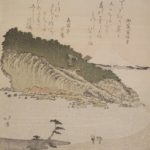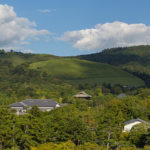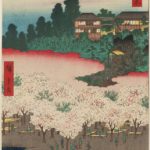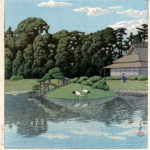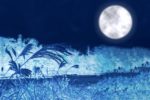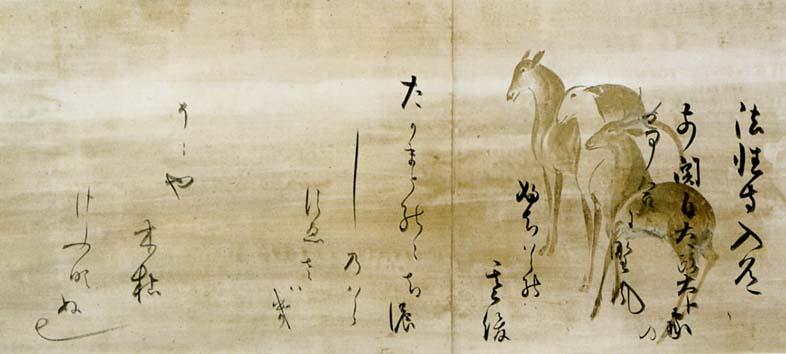
Table of Contents
Overview
Mith and history book
The history of Japanese literature began at Nara Period. The oldest book in Japan is “Records of Ancient Matters/Kojiki(古事記)”. The content of “Kojiki” is myth and history of ancient Japan from the origin of the country to the real emperors.
It was compiled in order to justify the imperial court. And after eight years, “the Chronicles of Japan/Nihon-shoki(日本書紀), which featured more history book, was completed. The oldest anthology of poems in Japan, “Man’yoshu(万葉集)” was also the work in Nara Period.
Tails
In Heian Period, the tales appeared in Japan, including “The Tale of the Bamboo-Cutter/Taketori Monogatari(竹取物語)” and “The Tale of Genji/Genji Monogatari(源氏物語).
“The Tale of the Bamboo-Cutter” is the fairy-tale of the girl who was born from the bamboo. And Murasaki-Shikibu wrote “The Tale of Genji” that the story of an nobleman and his love affairs.
In addition to the starting of the tales, the diaries also spreaded around the class of noble such as “Tosa Diary(『土佐日記』)” by Ki-no Tsurayuki(紀貫之) , “Kagerou Diary”(『蜻蛉日記』) by the mother of Fujiwara-no Michitsuna(藤原道綱母) and “Sarashina Diary”(『更級日記』), by the daughter of Fujiwra-no Takasue(菅原孝標女). They didn’t mean for private note, but for something of the official record of bureaucratic proceedings and life.
“The Tale of Heike/Heike Monogatari(平家物語)” in Kamakura Period is masterpieces in history of Japanese tales. It tells the Buddhist thought with the battle between the Taira family and the Minamoto family.
Tanka and Haiku
“Waka” had meant originally Japanese poetry had some forms before Heian Period. And since then “Tanka“, consisting five lines of 5,7,5,7 and 7 syllables, became popular.
To express sentiment and emotion within 31 syllables, it has techniques “Makura kotoba” and “Kake-kotoba“. “Makura kotoba” don’t have a particular meaning and just modify a single word. “Kake-kotoba”is paronomasia.
The themes of Tanka are very various, love, life, nature and stories. The Japanese have really feel comfortable with the syllables. So the ancient emperors, the aristocracies, the samurais, and the poets composed “Jiseino-ku/(辞世の句)”, farewell poem, at the verge of their death. Because they could express deeply their emotion with Tanka.
“Haiku” was independent from “Haikai“. Haikai was simlilar to “Renga“, one person made “Kaminoku“(first 5,7,5 syllables) and others “Simonoku“(later7,7 syllables) one by one. But the themes of Haikai focused on funny things.
Kaminoku(Hokku) was established a position by itself, and in Edo Period, Matso Basho heightened the artistic quality. The name of “Haiku” was born in Meiji Period, by Masaoka Shiki.
Learn more about Haiku

